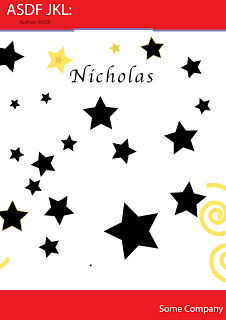"Musical Instrument Digital Interface) is an industry specification for encoding, storing, synchronizing, and transmitting the musical performance and control data."
MIDIE is digital data that represents musical elements such as notes. A written notation is an incruction for a performer or composer and does note enter the audio realm unti the performer plays it.
A MDI note is an instruction (numbers) that does not enter audio unless it goes through a controller.
ALL MIDI messages contain either two or three parts:
The first is - Status Byte - Specifies the type of message and which Channel of the 16 MIDI Channels the message is being sent out.
Second Part (Data Bytes) - Contains the data of the note being played.
144 = 1
145 = 2
etc
69 is the note A above Middle C.
Middle C is fixed as the note number 60.
First number is the MIDI channel, Second decimal is the Note-On message - Final number is another Data Byte Velocity of the note (volume).
What is Subtractive Synthesis
Subtractive synthesis is one of the oldest types of sound synthesis and the most common - harmonic etc.
Y axis is Amplitude, X axis is Time.
Square, Sawtooth, Triangle wave forms - Diagrams.
Sine Waves are made up of one pitch and a set of harmonics.
The presence and strength of a wave form is distinguished bt it's harmonic frequency.
What is the amplifier?
A sound modifier that allows control of the volume of a sound (note) over time.
Attach - How quickly the sound will reach its maximum volume after a key is pressed down.
Decay - How quickly the sound will drop in volume after the end.
Sustain - How loud the sound will be when the key is held down.
Release - How quickly the sound will stop after the key is pressed.
A typical ADSR envelope.
 |
| ADSR Diagram |





